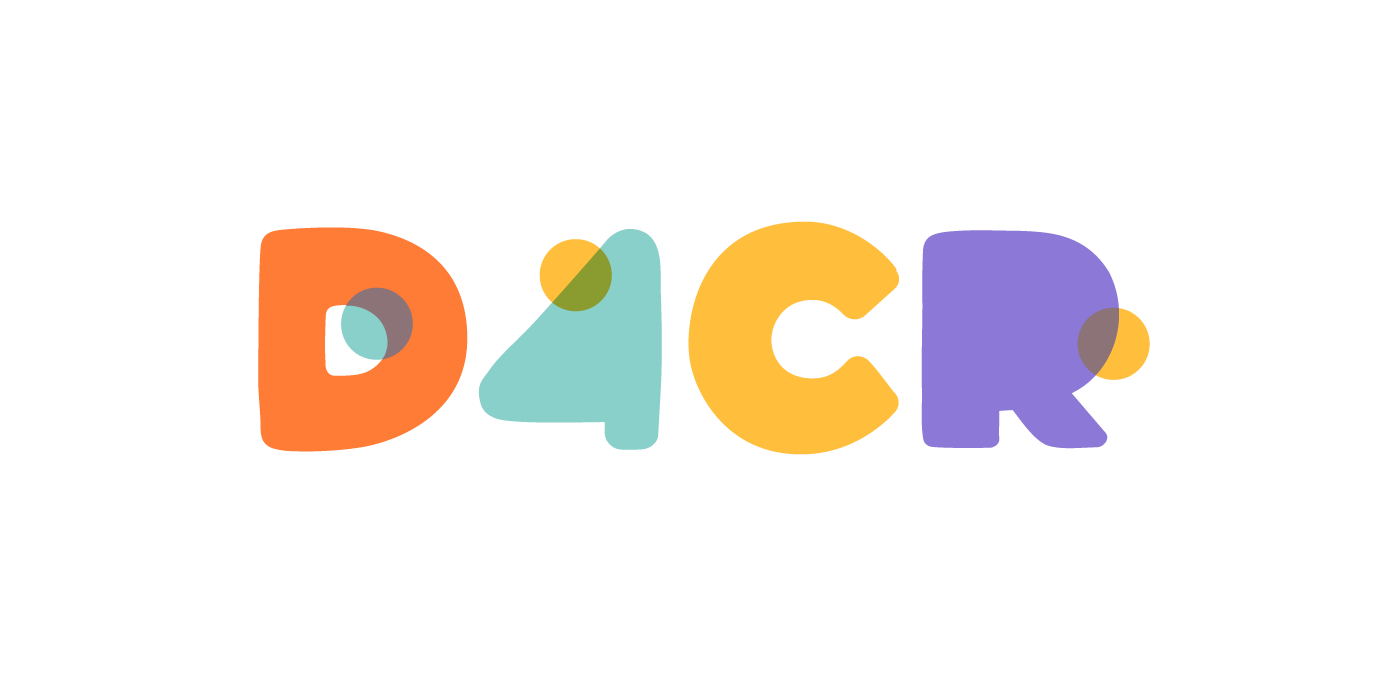INTRO

Supporting well-being and healthy emotional-cognitive development
We want children to have the best opportunities in life. Digital products have the potential to enhance child development and wellbeing in supporting the natural process that children will go through.
Issues such as cognitive and physical development need to be strongly considered in a context of developing and changing evidence about the impact that exposure to digital media has on them. Additionally, the role of the family and the effect of a digital experience on a child’s world are to be taken into account when designing for their best interests.
We put together the principles to help guide designers and creators of children’s products, services and content.

Encouraging self-expression, creativity, learning & play
Children are experts in their own lives and by understanding their perspectives, problems and aspirations we are able to create better products and experiences that fulfill their needs. Therefore we should strive to work with children to learn and focus on the best interest of the child.
Every designer has the potential to have a positive impact on children’s daily lives and development. By integrating the principles throughout the design process we can prevent problems that might occur for children through what we create.
To encourage rich ethical content for self-expression, creativity, and play:
1. Consider age appropriate wording communication as well as language translations.
2. Always consider the benefits and disadvantages of analog and digital in design development
3. Consider developmental stages including emotional-cognitive, social and physical development and create age appropriate research and design.
Alongside of the design process, the designer should keep a self-reflective attitude where s/he poses such questions as:
“What is the designer’s role ?”
“How much control the children as participants have over the process?”
“What is the designer’s contribution?”’
“What do participants get in exchange?”
Furthermore the design outcome should be constantly validated with children.

Nurturing the child as a social being and a citizen
Let’s design the future together.
This future recognizes children as people of tomorrow and today and therefore they have to be in the center of the design process.
Children have the right to take part and influence in development of services and products, that respects their identity and diversity.
Participation empowers and protects children nurturing them to be active citizens and social beings, providing a constructive space to allow children’s agency.
Design has the mission to shape the future together and create opportunities for positive impact.
Let’s start now.

Ensuring safety and privacy
3 simple facts:
- Almost all services, online and offline, can be used and are used by children. Children are to be considered as a target group in every design process.
- Designers need to include privacy and safety measures for all users, especially children, in all four stages of a product’s life cycle.
- Design, Development and Testing
- Discovery and User Signup
- Ongoing Use by User & User Crisis
- User Exit and Product Death
- Designers need to take responsibility for including children in the product development process. They can’t assume anyone else will.

